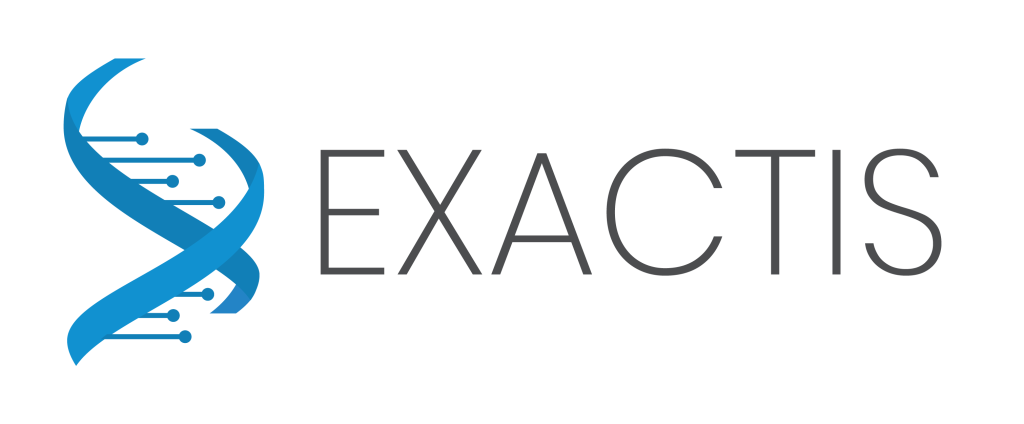PUBLICATIONS > Analysis of the genomic landscape in ALK+ NSCLC patients identifies novel aberrations associated with clinical outcomes
26 June 2019
Analysis of the genomic landscape in ALK+ NSCLC patients identifies novel aberrations associated with clinical outcomes
Authors: Mathilde Couetoux du Tertre, Maud Marques, Lise Tremblay, Nicole Bouchard, Razvan Diaconescu, Normand Blais, Christian Couture, Vincent Pelsser, Hangjun Wang, Valerie Higenell, Luisa Izzi, Karen Gambaro, Cyrla Hoffert, Archana Srivastava, Alan Spatz, Caroline Rousseau, Suzan McNamara, Victor Cohen, Gerald Batist and Jason Agulnik
Abstract
Rearrangements in the anaplastic lymphoma kinase (ALK) gene are found in approximately 5% of non-small cell lung carcinoma (NSCLC). Here, we present a comprehensive genomic landscape of 11 ALK+ NSCLC patients and investigate its relationship with response to crizotinib. Using whole exome sequencing and RNAseq data, we identified 4 rare ALK fusion partners (HIP1, GCC2, ERC1 and SLC16A7), and 1 novel partner (CEP55). At the mutation level, TP53 was the most frequently mutated gene, and was only observed in patients with the shortest progression free survival (PFS). Of note, only 4% of the genes carrying mutations are present in more than one patient. Analysis of somatic copy number aberrations (SCNA) demonstrated that a gain in EML4 was associated with longer PFS and a loss of ALK or gain in EGFR were associated with shorter PFS. This study is the first to report a comprehensive view of the ALK+ NSCLC copy number landscape and to identify SCNA regions associated with clinical outcome. Our data show presence of TP53 mutation as a strong prognostic indication of poor clinical response in ALK+ NSCLC. Furthermore, new and rare ALK fusion partners were observed in the present cohort expanding our knowledge in ALK+ NSCLC.
